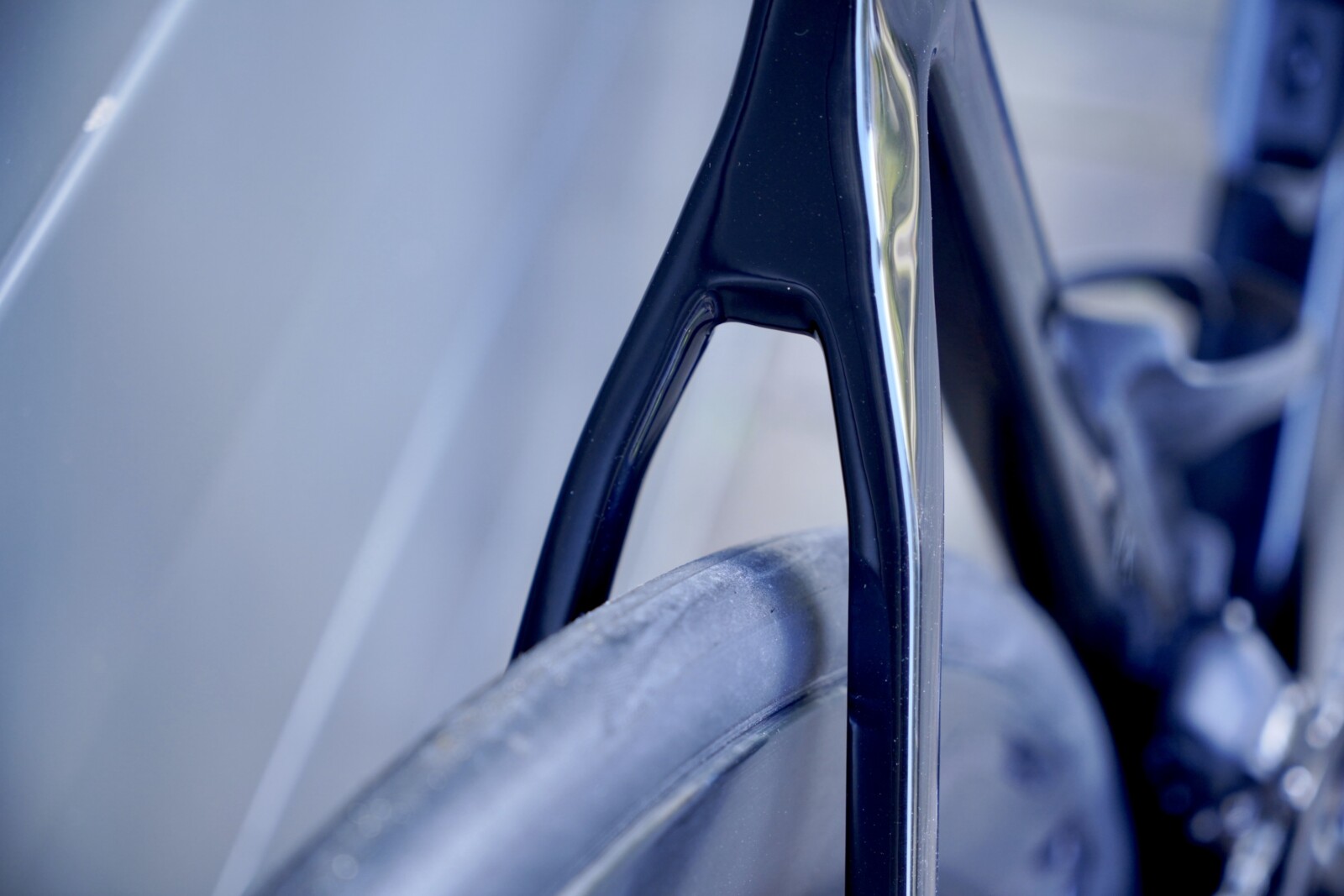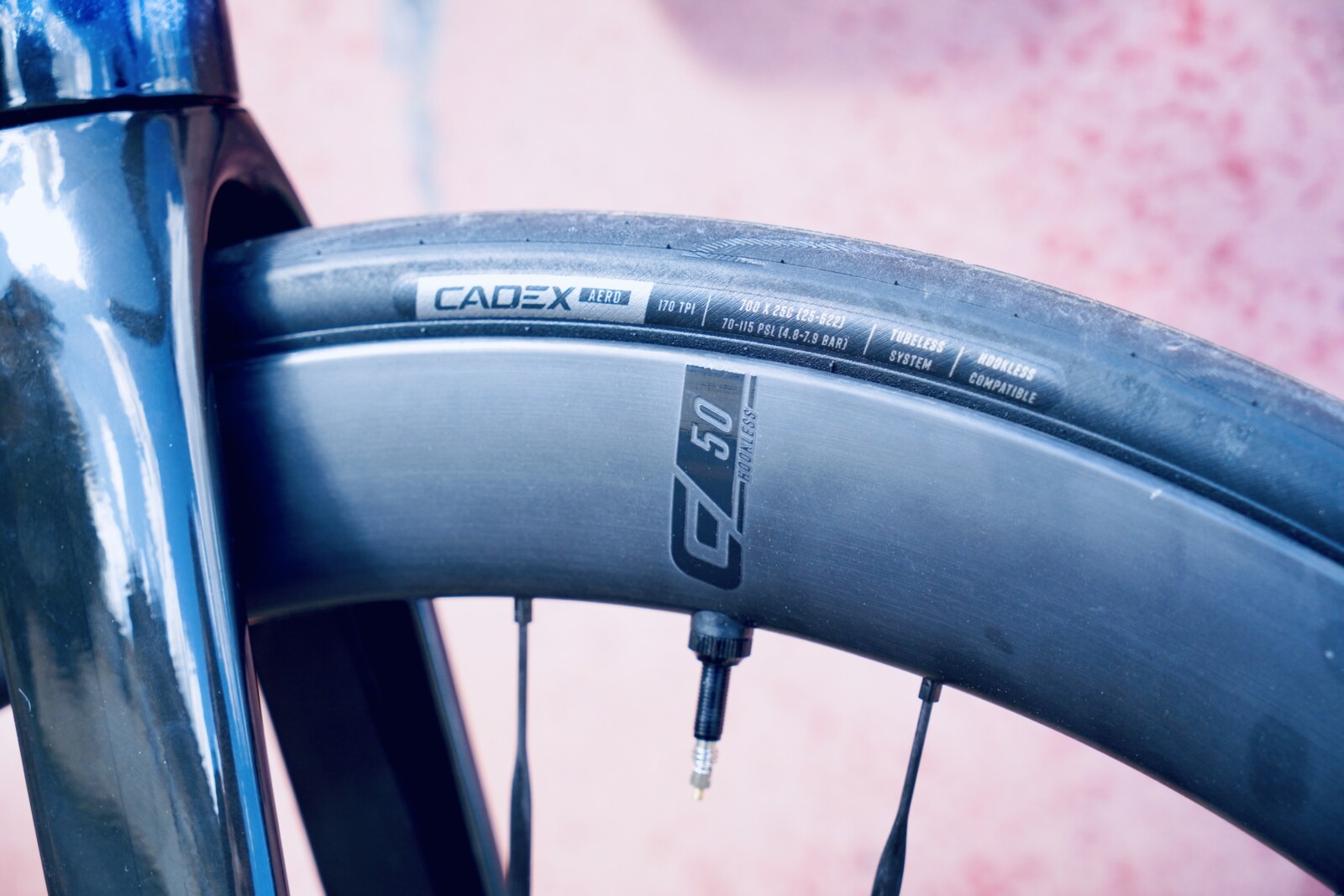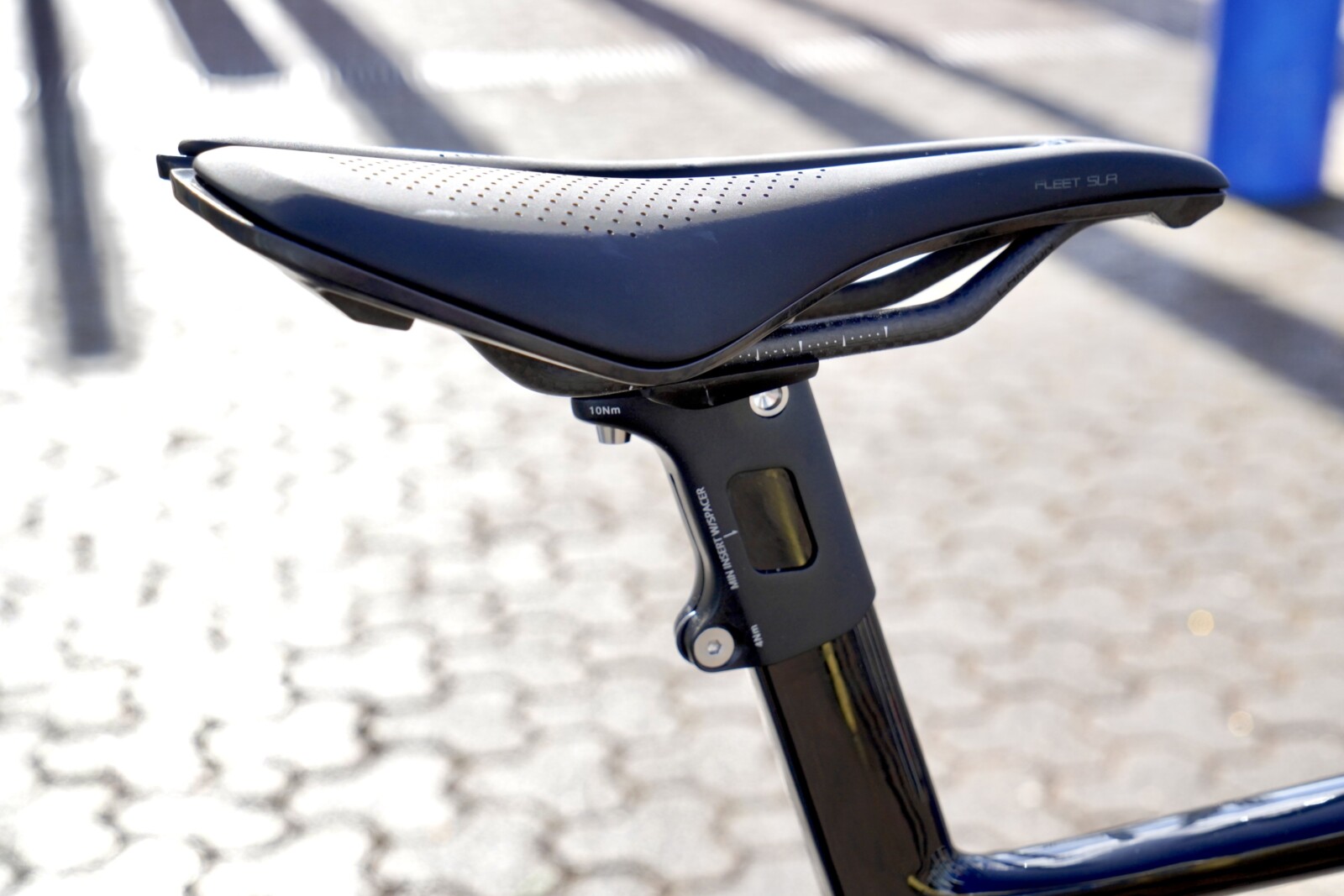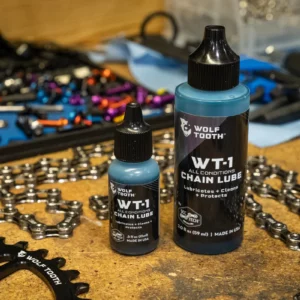It’s been Giant’s aero flagship since 2012. Peter Maniaty got to know the all-new 2023 iteration of the Propel Advanced SL 0 – and found an exciting all-round platform that challenges what an aero frameset can be.
Aero bikes sure aren’t what they used to be. In a category historically consumed by the brutal delivery of power and drag reduction, pretty much at any cost, an exciting new wave of aero frames are beginning to filter through.
Slimmer and more nuanced to look at, and increasingly more comfortable to ride, the focus is becoming less a myopic pursuit of speed and more about maximising all-round efficiency through enhanced stiffness-to-weight ratios.
Leading the charge is the superbly spec’d – and just as keenly priced – 2023 Giant Propel Advanced SL 0, scheduled to start hitting Australian shores around the end of this year.
As tends to be de rigueur these days, the 2023 Propel made its unofficial debut at this year’s Tour de France. Success came quickly and spectacularly for Team BikeExchange-Jayco with a pair of very different victories by Dylan Groenewegen (Stage 3, Sønderborg) and Michael Matthews (Stage 14, Mende).
They’re results that speak volumes to the ever-evolving nature of the aero platform that Giant first launched to the world back in 2012. For while its more conventionally-styled stablemate, the TCR, still remains a more obvious all-round option for the majority of us mere mortals, the gap is closing and the 2023 Propel, now into its third generation, is certainly no one trick pony.

Styling
Whichever way you look at it, the 2023 Propel has been on a diet. Straight out of the box, it struck me this is one of the least ‘aero looking’ aero bikes I’ve seen, blurring design lines that were previously stark and unmistakable. Closer inspection reveals most of the classic hallmarks of an aero build are still present – compact front end, deep headtube, aggressive ride position, truncated airfoil tubing, blade-style forks and handlebars, lowered seat stays – but they’ve been delivered with a refreshing new level of finesse that seems, at least at some level, to have drawn inspiration from the TCR.
Developed with Computational Fluid Dynamics and refined through many hours of testing in the GST Windkanal in Germany, Giant’s engineers have optimised the size, shape and thickness of pretty much every surface at every yaw angle. The tubing, in particular, has been slimmed right down, most noticeably along the top tube and seat tube, which includes a slender new Vector integrated seat mast that’s around 45 grams lighter than before.
It’s a similar story with visibly narrower seat stays, while the once-chunky support triangle at the top tube/seat tube junction is effectively gone, as is the rear wheel cut-out. This all equates to a silhouette that, dare I say, could almost be described as elegant – a word rarely used for aero bikes in reviews gone by.

Weight
Aero bikes have always tended to come with a weight penalty due to the extra material required to produce them. But this, too, is changing. Weighing in at just 845 grams (Medium), the2023 Propel frameset shaves a significant 225 grams from the previous generation design and considerably ups the ante in the stiffness-to-weight stakes, resulting in what Giant claims is a “26.4% more efficient frame”.
Whilst I can’t verify that figure, I can attest the complete 2023 Propel Advanced SL 0 (Medium) tips the scales at a touch under 7kg without pedals. That’s a pretty remarkable number for an aero build and one that’s beginning to seriously flirt with the UCI weight limit. It’s also considerably lighter than the bulk of the 2023 Propel’s main rivals.
Positioning & Adjustment
Like any high-end road bike, it’s strongly advisable to get dialled in correctly from the start, both for maximum performance and to prevent rides ending up as muscle-punishing grovels. Giant went to some trouble to help me get properly set up for the review and, looking back, it was time very well spent. Whilst much has changed, the key dimensions of the 2023 Propel remain quite similar to its predecessor which should assist with bike fitting.

The seat tube, chain stays, headtube length and angle (73%), rake and stack are all pretty much identical. The wheelbase (+4mm) and reach (+5mm) are slightly longer. The top tube sits 12mm closer to the ground, while the oversized bottom bracket (BB86) has also been ever-so-slightly lowered (-1.5mm).
As part of the setup process, the integrated seat-mast will need to be pre-cut. Same goes for the OverDrive Aero D-shaped steerer and, most likely, the hydraulic hoses to ensure your preferred front-end setup remains nice and tidy. On the subject of serviceability, the 2023 Propel also boasts a completely redesigned hose routing system under the stem and through the handlebar and frame. Giant says this makes things considerably easier to access and adjust than the previous generation Propel. Bike mechanics around the world will no doubt be holding them to that.
Tech & Components
Unsurprisingly for a flagship model, the 2023 Propel Advanced SL 0 is dripping with pro-level technology. Standouts include Shimano’s silky smooth new 12-speed Dura-Ace Di2 wireless groupset, integrated dual-sided FC-9200P power meter (ANT+ and Bluetooth compatible), two-piece Contact SLR Aero cockpit and Fleet SLR saddle with carbon rails.
The slimmed down truncated airfoil tubes have been shaped with Giant’s Advanced SL-grade composite carbon, using a process that features laser cutting and automated robotic layup to deliver maximum precision and weight savings in critical areas of both frame and fork. The 2023 Propel even ships with tube-specific aero bottle cages to further help reduce overall drag. Yep, it’s a story of efficiency everywhere, right down to your bidons.

Wheelset
The final, critical, piece of the 2023 Propel Advanced SL 0puzzle is the sublimely good – and feathery light – CADEX 50 Ultra Disc wheelset, which itself was only launched to the world in August. Weighing just 1349g for the pair, and with an RRP of around $4,500 alone, these hookless 50mm carbon rims were a real eye-opener and came fitted with the new CADEX Aero tubeless 25mm tyres.
The 22.4mm inner rim width (30mm outer) and hookless bead are optimised for running high-volume tyres and lower pressures for improved handling and road feel. Engineered with what Giant calls ‘Dynamic Balanced Lacing’, the sleek bladed carbon spokes (F21/R24) are set at wider bracing angles for optimal efficiency, control and aerodynamics, while the super smooth CADEX aero hubs feature ceramic bearings that, Giant says, reduce power loss by up to 30 per cent.

Personally, I was also quite pleased to see the massive white ‘CADEX’ decals currently being run by Team BikeExchange-Jayco are nowhere to be seen on the standard issue wheelset, which instead features a far more understated black spot varnish. But a final word of warning for riders who prefer to keep a low profile in the peloton.
The otherwise wonderful CADEX R3-C40 Aero Low Friction rear hub features 40 chattering ratchet teeth that make it seriously noisy when freewheeling. How noisy? Well, let’s just say there are times when it sounds more like you’ve just hooked a giant marlin than gone out for a bike ride. Pretty much everyone I rode with commented on it.
In terms of tyre clearance, Giant says the official maximum tyre size is 30mm. That might be okay on some wheelsets, but looking closely at the 25mm rubber on the CADEX review wheels, I had the distinct impression 28mm may well be a more realistic limit if you want to be sure to avoid fork rub.
On The Road
Aero frames have often punished the muscle groups in my middle-aged arms and back, due to their aggressive geometry and stiffer-than-average road feel. However, I’m pleased to report no such issues astride the 2023 Propel. Giant’s testing data says the new frameset is around 10 per cent stiffer than the previous generation, but you simply wouldn’t know it from anon-road comfort perspective. This bike is like having your cake and eating it too.
Delving into why, Giant says the third-generation design delivers a whopping 85 per cent improvement in compliance compared to the previous Propel. That’s a massive, almost hyperbolic number, but having ridden the Propel for the best part of a month, I’m inclined to believe the hype.

Finer Points
Yes, it’s still stiff. Yes, there’s still ample road feedback. Yes, it’s still v-e-r-y fast. But it’s also far more forgiving than I was expecting, a very welcome surprise. The redesigned seat mast and slimmed down seat stays no doubt play a big part in this, as do the wider profile wheels and tubeless tyres running at lower pressures (I rode largely at 75-80 psi).
Compliance gains can sometimes come at the expense of handling sharpness. But again, I found no such issues. The steering is very direct and the 2023 Propel responds quickly to even the smallest of inputs. This agility is great news for confident riders, especially in racing situations, but it also means the Propel isn’t necessarily the best bike for simply cruising around or those still learning their craft.
Standing Start
Acceleration is very solid for an aero build. But whilst the Propel certainly spins up quickly, I found far greater significance in the way it slows down slowly – it carries its speed and momentum as well as any bike I’ve ridden. This is especially the case on flat(ish) terrain where it really starts showing off – put yourself on a wheel, get down in the drops and enjoy the ride as you get sucked along without a care in the world. It really puts the ‘flat’ into false flats, too. Hit a modest gradient at speed and you’ll barely even notice it’s there. It’s quite an exhilarating feeling and one of the many reasons I just loved riding this bike.

Overall
The 2023 Propel Advanced SL O is everything we’ve come to expect from Giant – with a refreshing twist. Challenging well-worn aero stereotypes, it’s one of the most complete aero bikes I’ve ever ridden. With a RRP in the vicinity of $13,999 it would be erroneous to describe it as an affordable road bike. It’s still the price of a small car. Yet compared to many of its high-end aero peers with similar levels of engineering and componentry, the value on offer is compelling.
Sure, for all the brand snobs out there, rolling up on a Giant may still not carry the same caché as some of its big rivals from Europe and North America. But if you want maximum bang for your aero buck and a super-fast road bike that’s already claimed two Tour de France stages, you’ll be hard pressed to find better. Yep, aero bikes sure aren’t what they used to be – and I, for one, am very glad about that.
Summing Up
Quality: Excellent from the ground up with refined styling and brilliant levels of tech and componentry.
Performance: Fast and firm, yet still surprisingly comfortable. This bike is all about efficiency. The faster you go, the smoother it gets and it just rolls along beautifully.
Value: Simply outstanding. The top-of-the-range SL 0 is $13,999 while the Pro 0 models are $7,799 (Ultegra Di2) and $8,499 (Force AXS) respectively. Hard to beat.
Overall: In so many ways, the 2023 Propel challenges what an aero frameset can be. It’s a simply fantastic package that’s destined to be a huge success for Giant. Chapeau.









Enjoyed the review. How would you compare the Giant Propel Advanced SL 0 to the Giant TCR Advanced SL 0 in terms of speed, stiffness, handling, comfort, etc.? Which would you choose for all-round road riding?
That’s a really good question, Nicholas. Prior to this model of the Propel the answer was a no-brainer: the TCR was definitely the better all round choice, fast enough and responsive enough whilst offering considerably greater comfort than the Propel. For most riders (myself included) I’d say it probably still is, but not by much. The gap has really, really narrowed with the arrival of gen 3.
Thanks for the reply, Peter. I have to say that I’m relieved to hear that, on balance, you’d probably still put the TCR ahead of the Propel for most riders, even if the difference is now only a marginal one. I recently bought a TCR Advanced SL 0, and have been wondering ever since if I made a mistake, and should have gone for the Propel instead. But I can take some comfort in your assessment!